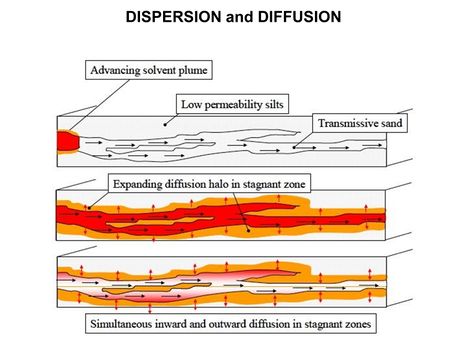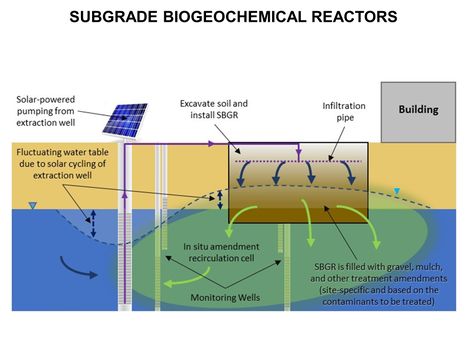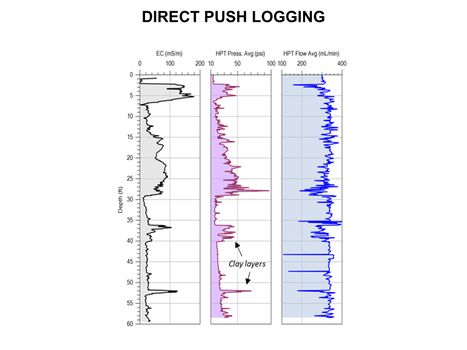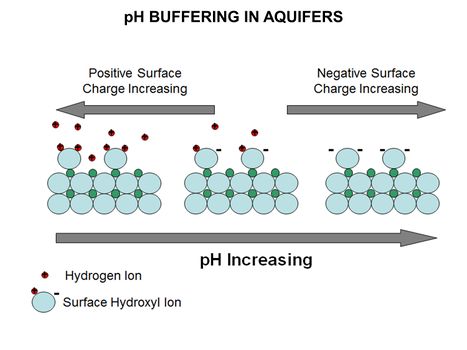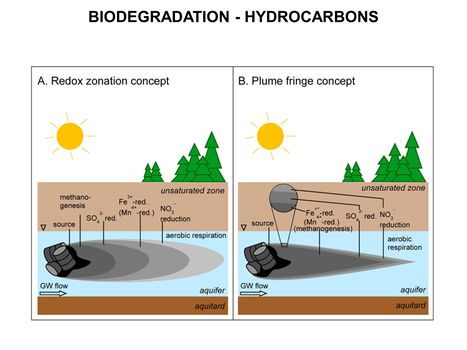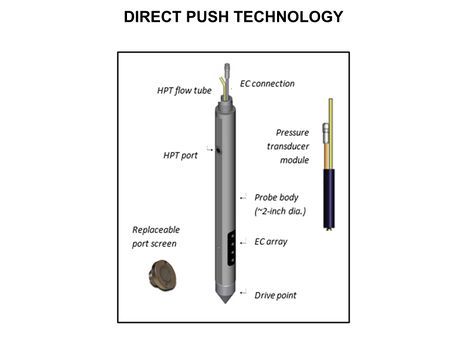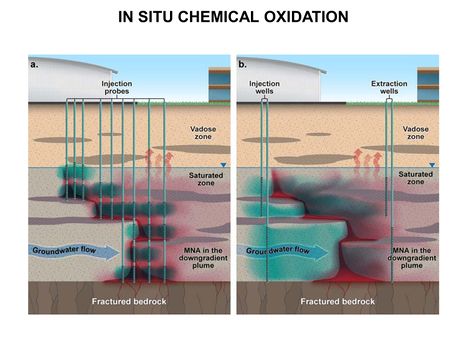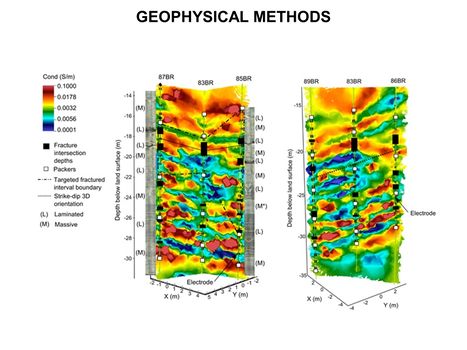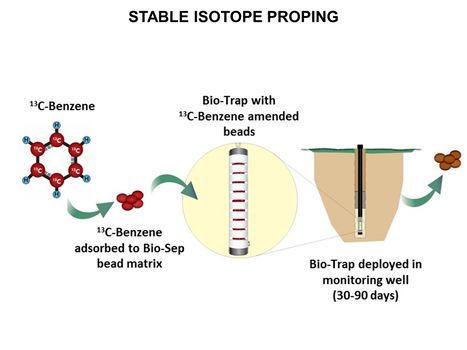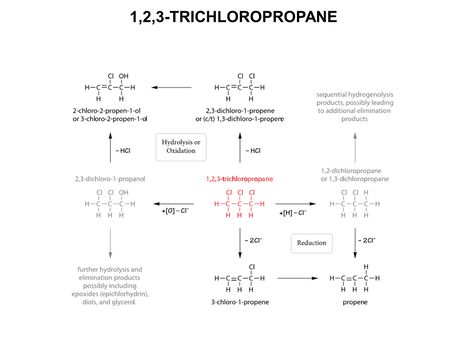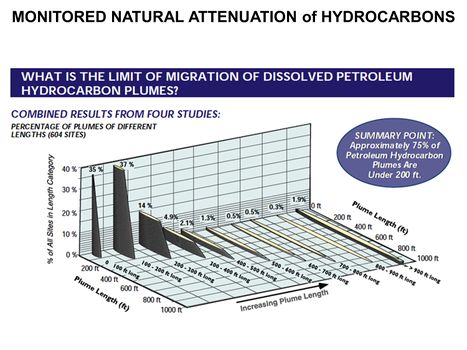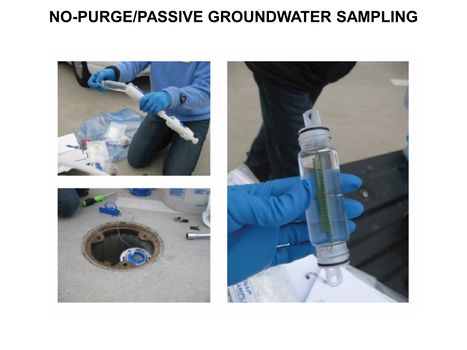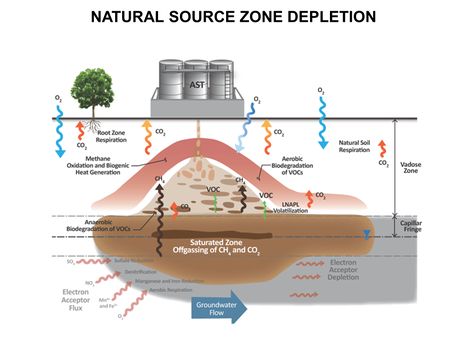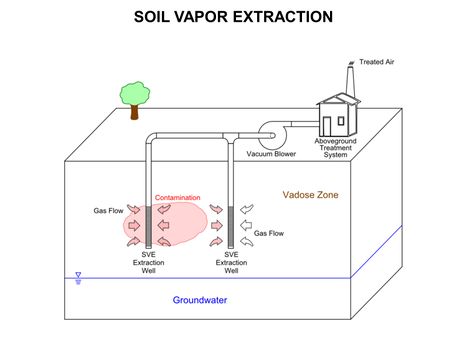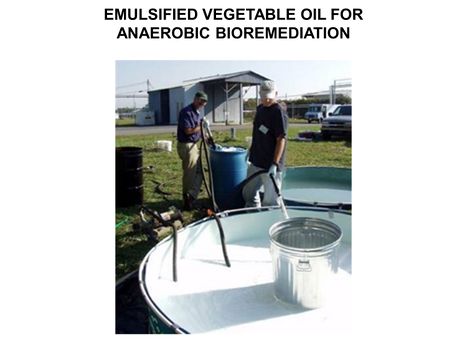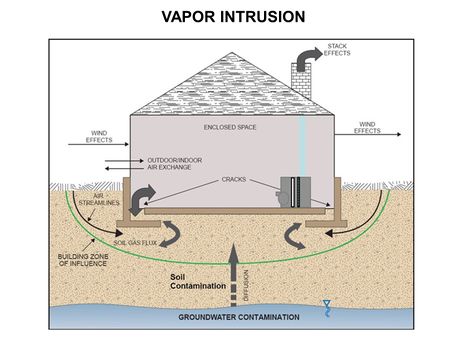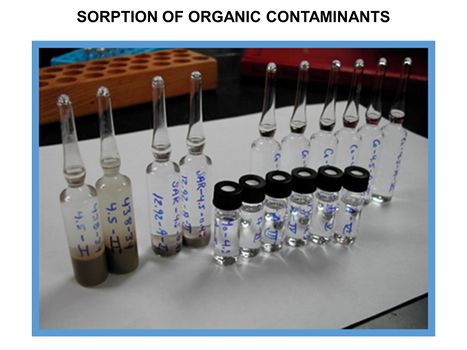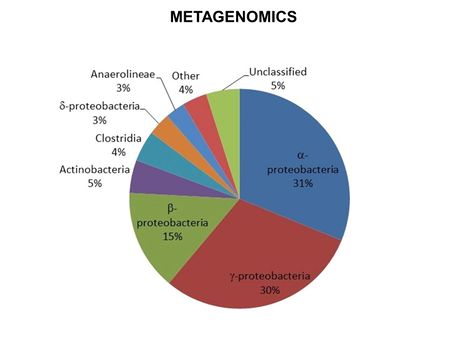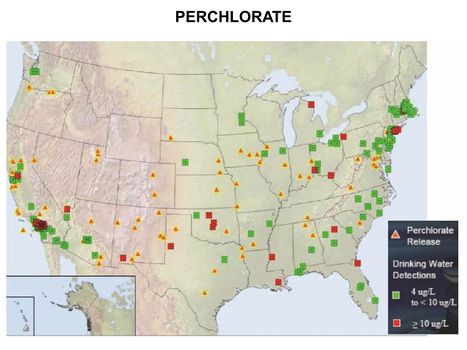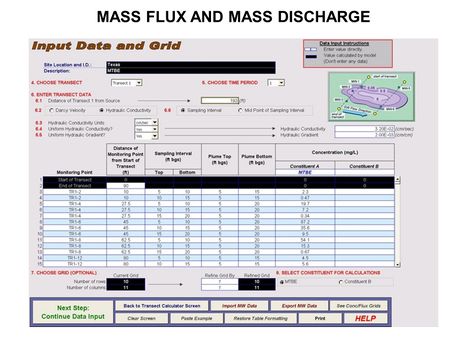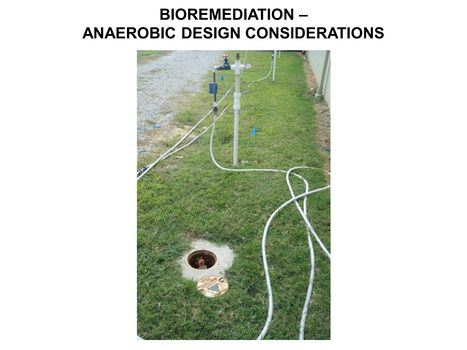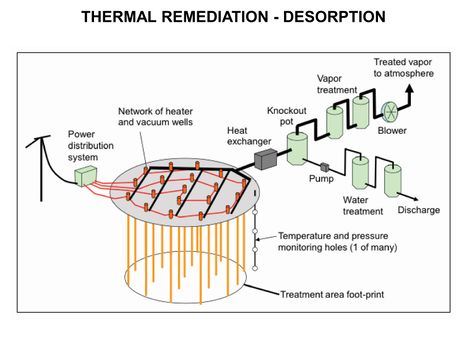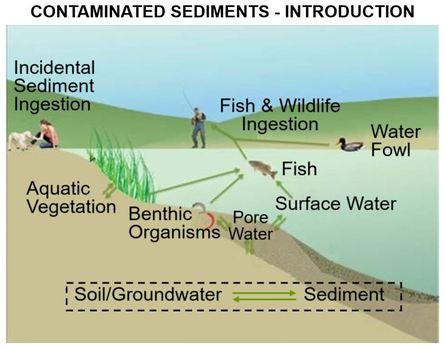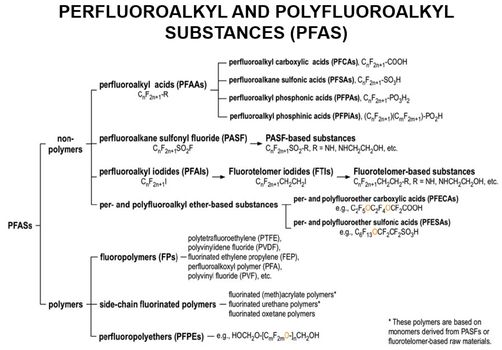Difference between revisions of "Main Page"
(Tag: Visual edit) |
|||
| (4 intermediate revisions by 2 users not shown) | |||
| Line 19: | Line 19: | ||
| id="mp-left" class="MainPageBG" style="width:55%; padding:0; vertical-align:top; color:#000;" | | | id="mp-left" class="MainPageBG" style="width:55%; padding:0; vertical-align:top; color:#000;" | | ||
<h2 id="mp-tfa-h2" style="margin:0.5em; background:#cef2e0; font-family:inherit; font-size:120%; font-weight:bold; border:1px solid #a3bfb1; color:#000; padding:0.2em 0.4em;"> Featured article: Photoactivated Reductive Defluorination - PFAS Destruction</h2> | <h2 id="mp-tfa-h2" style="margin:0.5em; background:#cef2e0; font-family:inherit; font-size:120%; font-weight:bold; border:1px solid #a3bfb1; color:#000; padding:0.2em 0.4em;"> Featured article: Photoactivated Reductive Defluorination - PFAS Destruction</h2> | ||
| − | <div id="mp-tfa" style="padding:0.0em 1.0em;">[[File:WittFig1.png| | + | <div id="mp-tfa" style="padding:0.0em 1.0em;">[[File:WittFig1.png|550px|left|link=Photoactivated Reductive Defluorination - PFAS Destruction]]<dailyfeaturedpage></dailyfeaturedpage> |
[[Photoactivated Reductive Defluorination - PFAS Destruction|(Full article...)]] </div> | [[Photoactivated Reductive Defluorination - PFAS Destruction|(Full article...)]] </div> | ||
| Line 80: | Line 80: | ||
**[[Vapor Intrusion - Separation Distances from Petroleum Sources]] | **[[Vapor Intrusion - Separation Distances from Petroleum Sources]] | ||
**[[Vapor Intrusion – Sewers and Utility Tunnels as Preferential Pathways|Vapor Intrusion - Sewers and Utility Tunnels as Preferential Pathways]] | **[[Vapor Intrusion – Sewers and Utility Tunnels as Preferential Pathways|Vapor Intrusion - Sewers and Utility Tunnels as Preferential Pathways]] | ||
| + | **[[Assessing Vapor Intrusion (VI) Impacts in Neighborhoods with Groundwater Contaminated by Chlorinated Volatile Organic Chemicals (CVOCs)|Vapor Intrusion - Assessing VI Impacts in Neighborhoods with Groundwater Contaminated CVOCs]] | ||
<u>'''[[Characterization, Assessment & Monitoring]]'''</u> | <u>'''[[Characterization, Assessment & Monitoring]]'''</u> | ||
| Line 100: | Line 101: | ||
**[[Stable Isotope Probing (SIP)]] | **[[Stable Isotope Probing (SIP)]] | ||
*[[Natural Attenuation in Source Zone and Groundwater Plume - Bemidji Crude Oil Spill | Natural Attenuation in Source Zone and Groundwater Plume -<br /> Bemidji Crude Oil Spill]] | *[[Natural Attenuation in Source Zone and Groundwater Plume - Bemidji Crude Oil Spill | Natural Attenuation in Source Zone and Groundwater Plume -<br /> Bemidji Crude Oil Spill]] | ||
| + | *[[OPTically-based In-situ Characterization System (OPTICS)]] | ||
<u>'''[[Climate Change Primer | Climate Change]]'''</u> | <u>'''[[Climate Change Primer | Climate Change]]'''</u> | ||
| Line 138: | Line 140: | ||
*[[Passive Sampling of Munitions Constituents| Passive Sampling]] | *[[Passive Sampling of Munitions Constituents| Passive Sampling]] | ||
*[[Munitions Constituents – Photolysis | Photolysis]] | *[[Munitions Constituents – Photolysis | Photolysis]] | ||
| + | *[[Munitions Constituents – Sample Extraction and Analytical Techniques|Sample Extraction and Analytical Techniques]] | ||
*[[Munitions Constituents - Soil Sampling | Soil Sampling]] | *[[Munitions Constituents - Soil Sampling | Soil Sampling]] | ||
*[[Munitions Constituents - Sorption | Sorption]] | *[[Munitions Constituents - Sorption | Sorption]] | ||
| Line 154: | Line 157: | ||
*[[PFAS Ex Situ Water Treatment]] | *[[PFAS Ex Situ Water Treatment]] | ||
| + | **[[PFAS Treatment by Anion Exchange]] | ||
*[[PFAS Soil Remediation Technologies]] | *[[PFAS Soil Remediation Technologies]] | ||
*[[PFAS Sources]] | *[[PFAS Sources]] | ||
*[[PFAS Transport and Fate]] | *[[PFAS Transport and Fate]] | ||
*[[PFAS Treatment by Electrical Discharge Plasma]] | *[[PFAS Treatment by Electrical Discharge Plasma]] | ||
| − | *[[Photoactivated Reductive Defluorination - PFAS Destruction|Photoactivated Reductive Defluorination]] | + | *[[Photoactivated Reductive Defluorination - PFAS Destruction|Photoactivated Reductive Defluorination]] |
<u>'''[[Regulatory Issues and Site Management]]'''</u> | <u>'''[[Regulatory Issues and Site Management]]'''</u> | ||
Revision as of 21:55, 7 August 2024
Peer Reviewed. Accessible. Written By Experts |
Your Environmental Information Gateway |
| The goal of ENVIRO Wiki is to make scientific and engineering research results more accessible to environmental professionals, facilitating the permitting, design and implementation of environmental projects. Articles are written and edited by invited experts (see Contributors) to summarize current knowledge for the target audience on an array of topics, with cross-linked references to reports and technical literature. | See Table of Contents |
Featured article: Photoactivated Reductive Defluorination - PFAS DestructionPer and polyfluoroalkyl substances (PFAS) contained in Class B aqueous film-forming foams (AFFFs) are known to accumulate on wetted surfaces of many fire suppression systems after decades of exposure.
Fire suppression systems with potential PFAS impacts include fire fighting vehicles that carried AFFF and fixed suppression systems in buildings containing large amounts of flammable materials such as aircraft hangars. PFAS residue on the wetted surfaces of existing infrastructure can rebound into replacement PFAS-free firefighting formulations if not removed during the transition process. Simple surface rinsing with water and low-pressure washing has been proven to be inefficient for removal of surface bound PFAS from piping and tanks that contained fluorinated AFFF.In addition to proper methods for system cleaning to remove residual PFAS, transition to PFAS-free foam may also include consideration of compliance with state and federal regulations, selection of the replacement PFAS-free firefighting formulation, a cost benefit analysis for replacement of the system components versus cleaning, and clean out verification testing. Foam transition should be completed in a manner which minimizes the volume of waste generated as well as preventing any PFAS release into the environment. Companies are developing new methods to remove self-assembled PFAS bilayers from existing fire-fighting infrastructure so that it can be successfully transitioned to PFAS-free formulations. PFAS sampling techniques used to support firefighting formulation transition activities are consistent with conventional sampling techniques used in the environmental industry, but special consideration is made regarding high concentration PFAS materials, elevated detection levels, cross-contamination potential, precursor content, and matrix interferences. The analytical method selected should be appropriate for the regulatory requirements in the site area. (Full article...) |
Enviro Wiki Highlights |


